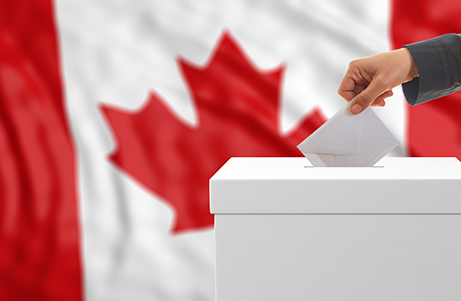Imagine being handed a sprinting ticket for a race, but rather than the usual distance, it’s cut in half. That’s kind of what Canada’s upcoming federal election feels like — a quick dash through political history, leaving no time to catch your breath.
The date is set for April 28, 2025, marking what will be the shortest campaign period allowed by law in Canada, coming in at 37 days. Prime Minister Mark Carney is expected to kick off the race by meeting with Governor General Mary Simon this weekend. After the formalities are out of the way, it’s game on for all political parties. While 37 days might seem like a blink in the political world, this rapid-fire campaign format has everyone asking, “What does this mean for Canadian citizens?”
First off, the concept of a short campaign isn’t entirely new, but it’s rare enough to grab attention. By law, federal campaigns must last between 37 and 51 days. With Carney placing this one at the bare minimum, there’s speculation about strategy. The Liberals are standing on precariously slim poll leads, hovering at 37.8%, just a smidge ahead of Pierre Poilievre and the Conservatives at 37.2%. Crunching the numbers feels less like a luxury and more like a frantic scribble before time runs out.
But let’s bring this closer to home — how will this whirlwind affect the good folks in Simcoe County, Ontario? Historically, Simcoe has been a critical battleground riding, swinging like the pendulum in a clock shop, with voters choosing their parties with clinical precision. This short campaign compresses the time for citizens to weigh policies and carefully make decisions, leaving less room for debates, dialogues, and the kind of reflection that ensures everyone’s voice feels considered. It’s like deciding on dinner while the microwave counts down from ten seconds — quick, almost rushed.
Here’s where the real magic (or chaos, if you’re feeling cynical) happens. Political parties are scrambling to land their punches early and often. Carney’s Liberals are promising to kick inter-provincial barriers to the curb by creating a seamless trade ecosystem — a tempting olive branch for Ontario’s economy that could resonate with Simcoe’s hardworking population. Meanwhile, Poilievre’s Conservatives are beating the drum of skilled trades, hoping a vision of “more boots, less suits” might sway voters who value practical solutions. Then there’s Jagmeet Singh’s NDP, who want to shake up military contracts in favour of boosting homegrown industries, a pitch designed to contrast traditional campaign fodder.
The question is, will voters have enough time to swallow all these promises, let alone digest them? Short campaigns carry the danger of flooding the media landscape with sensationalism, giving people the “what” but not enough of the “why” behind electoral choices. Voter fatigue can set in just as quickly as voter apathy.
For residents of Simcoe County, the sense of urgency could serve as a catalyst for action. With less time to be wooed or lulled by political teams, Simcoe’s electorate might display a remarkable knack for cutting through the noise, focusing on what truly matters to the community. A short campaign doesn’t mean shallow participation — in fact, it could become a wake-up call for voters to lean in sharper and harder as democracy knocks on the front door.
Ultimately, this shortest-ever Canadian election could redefine how citizens engage with their democratic rights. True, it’s a sprint, but who’s to say you can’t break records in a short race? All it takes is one decisive stride in the ballot booth — and, as always, the people of Simcoe County will no doubt leave their mark.
References:
Canada’s next election will take place on April 28: sources | CBC News

